Since transitioning to the new website, we have not had our tire pressure calculator live on the site.
Having had numerous people reach out asking for it back, we figured it was time.
As always – feel free to use this as a reference guide for informational/testing purposes.
We are not responsible for any injuries or damages caused by following this calculator.
Correct tire pressure is one of the most important, yet often the most overlooked components to setting up an overland vehicle or street driven, off-road truck.
If you want a little more information, continue reading here. Otherwise, scroll down to the next section for our tire pressure calculator.
Tire pressure affects the vehicle’s handling, tire wear, fuel economy, ride quality, and braking performance.
Under-inflated – Under-inflated tires will cause a decrease in fuel economy due to an increased rolling resistance as well as poor handling.
Tires will also wear faster on the outside of the tread and cause excess heat buildup that could result in catastrophic failure.
Over-inflated – Over-inflated tires can actually increase fuel economy, but the benefits stop there. The minor savings on fuel are outweighed by the faster tire wear.
Tires will wear faster in the center of the tread, and will be more prone to skidding due to the lack of tread contact with the pavement.
Properly inflated – Properly inflated tires optimize tread wear, handling, ride quality and breaking performance.
When installing a tire size that is not the manufacturer’s recommended size, the factory tire pressure goes out the window.
All tire manufacturers are required to meet specific load carrying standards set out by the Tire and Rim Association.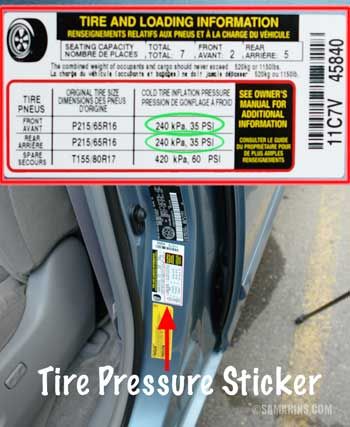
Different tire sizes will support different loads at various pressures.
As an example of this consider the following:
A single 37×12.50R17 tire is rated to support
2150lbs at 25psi.
A single 42×14.50R17 tire is rated to support 3085lbs at 25psi.
That represents a 30% difference in load carrying ability when set at the same pressure.
The basic principle at play here is that weight is supported by a specific VOLUME of air. Not pressure.
Therefore, as tire sizes increase, a lower PSI is required to support the vehicle weight when all else is equal.
In order to get the most out of your tires as described above, the following calculator will provide you with the ideal baseline for your trucks tire pressure with any given tire.
In order to be accurate you must know the weight of YOUR truck front and rear. Simply utilizing the manufacturer’s specified weights will not necessarily be accurate – items such as a winch, added skid plates, steel bumpers or rock sliders, cargo and even people, all add significant weight to the vehicle.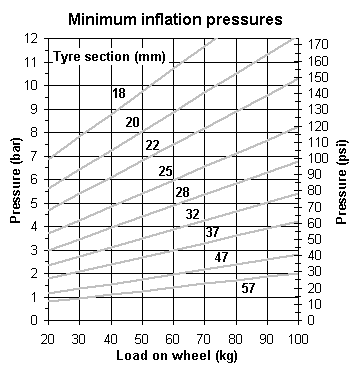
The most accurate way to obtain the weight is on a scale at a truck weigh station or recycling center.
If you are unsure of your vehicle weight and unable to obtain an accurate weight – utilize the gross vehicle weight rating (GVWR) provided on the door jamb of your vehicle. This is the maximum weight the vehicle is rated to carry fully loaded.
***Always test tire pressures with the chalk test, or an infrared heat meter. This calculator will give you a very good base tire pressure based on the weight and tire specifications that YOU enter.
***We are not responsible for any injuries or damages caused by following this calculator.
Fill in the required values in the order shown on the calculator:
After the required values are entered, you will see a recommended pressure for both the front tires, as well as the rear tires.
These pressures include a 5% safety margin to help account for the unexpected.
As mentioned previously, test your results with the chalk test!
***We are not responsible for any injuries or damages caused by following this calculator. Test results yourself to ensure accuracy.
More than a few of us have spent time looking for the placard with a vehicle’s tire pressure recommendations. And more than a few consumers have looked at their owner’s manual or that elusive placard and wondered why the pressures there are different from the maximum pressure on the tire’s sidewalls.
How do the automobile manufacturers and their tire suppliers come up with those numbers?
It starts with the load the vehicle is designed to carry and the size of the tires installed on it. Worldwide, several organizations exist with the primary purpose of establishing and publishing interchangeability standards for tires, wheels, valves and allied parts.
In the U.S., this standardizing body is the Tire and Rim Association (TRA). Its European equivalent is the European Tire and Rim Technical Organization (ETRTO). The Japanese Automotive Tire Manufacturers Association (JATMA) has that respon-sibility in Japan. There are other similar organizations, but those three are the major players.
None of the major standardizing organizations is government mandated or regulatory. The organizations, and the standards that they set, are all voluntary. There is no legal obligation for any tire or auto manufacturer to abide by the standards. However, for practical and legal liability purposes, it simply makes sense to follow the standards and all vehicle and tire manufacturers use them.
While TRA, ERTO and JATMA all use slightly different protocols, they consult with each other and their standards are all very close. These organizations establish a range of standard dimensions for each tire size so that the proportions of all tires of a particular size are very similar.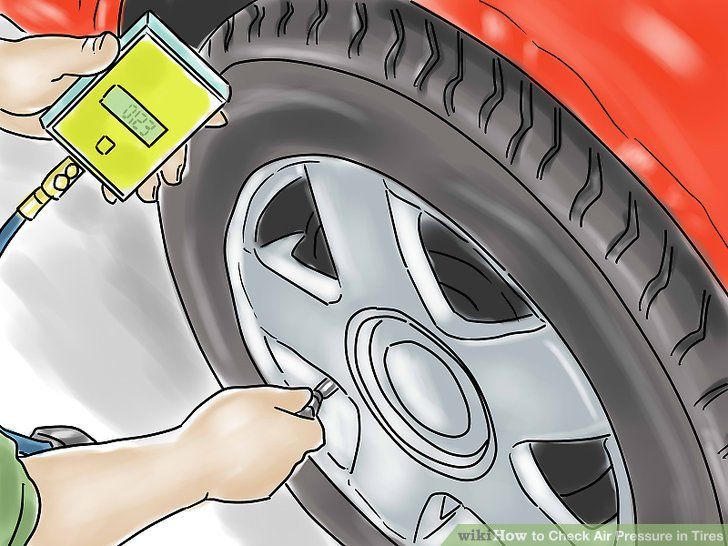 This assures that all tires of a specific size are interchangeable, at least in terms of their physical dimensions.
This assures that all tires of a specific size are interchangeable, at least in terms of their physical dimensions.
They also set each tire’s “load curve,” which is the relationship between inflation pressure and the tire’s maximum load carrying capacity. Like the size standards, there are some slight variations among the different organizations’ load curves, but they are not significant.
Part of each load curve standard is the point at which the load curve stops going up. For TRA p-metric standard load tires, it is at 35 psi. Equivalent ETRTO and JATMA tires peak at 36 psi. Interestingly, all of the standardizing organizations agree that standard load passenger car tires can (and should) use optional higher inflation pressures (44 psi or 51 psi) for certain circumstances such as high speed driving. However, these higher inflation pressures generally provide no increase in load carrying capacity and in some circumstances specify a reduction in load for high-speed use.
So the auto manufacturer knows what a vehicle weighs and knows how much weight can be added in fuel, passengers, cargo, etc.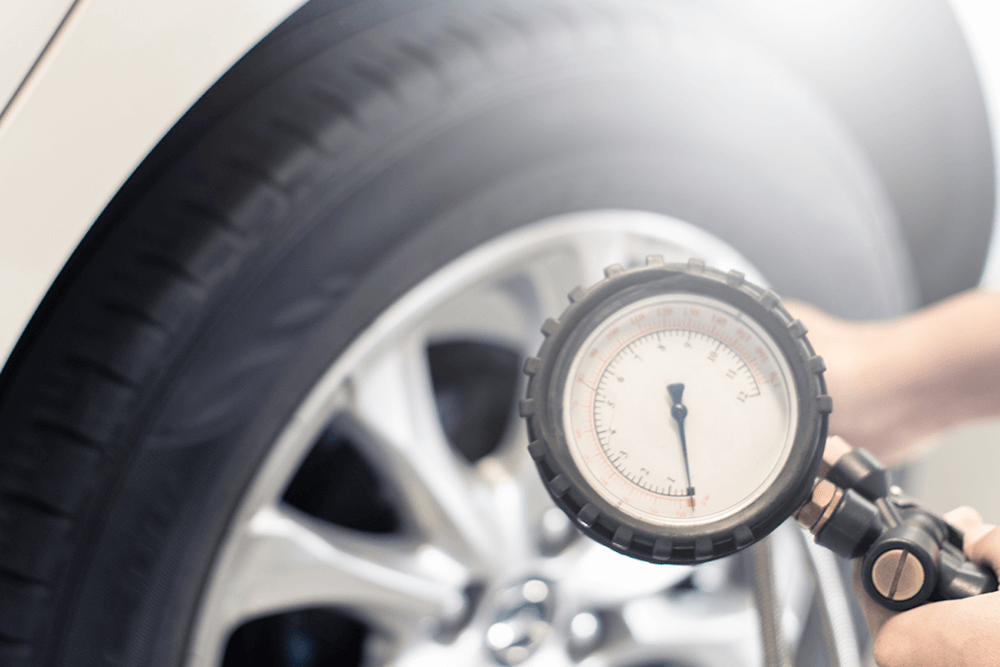 They can look at the load curve of the particular size that they have selected. To this number, auto manufacturers usually add a safety factor of around 10%.
They can look at the load curve of the particular size that they have selected. To this number, auto manufacturers usually add a safety factor of around 10%.
For passenger cars, SUVs and light trucks, the load curve number launches a series of negotiations. The engineers responsible for the vehicle’s handling are likely to lobby for additional inflation pressure to improve handling. Similarly, lower rolling resistance results in better fuel economy and leads to demands for higher inflations. Cars likely to see high-speed bring with them engineers insisting on more air pressure. On the other hand, ride considerations are an important consideration and that calls for lower inflation pressures.
Today, the results of these nego-tiations are inflation pressures typically in the 32 psi to 35 psi range. If the champions of improved ride had their way, the 26 psi to 28 psi range that was common a few years ago would be more common. The safety factor of the higher inflation pressure seems to be carrying the day with automakers.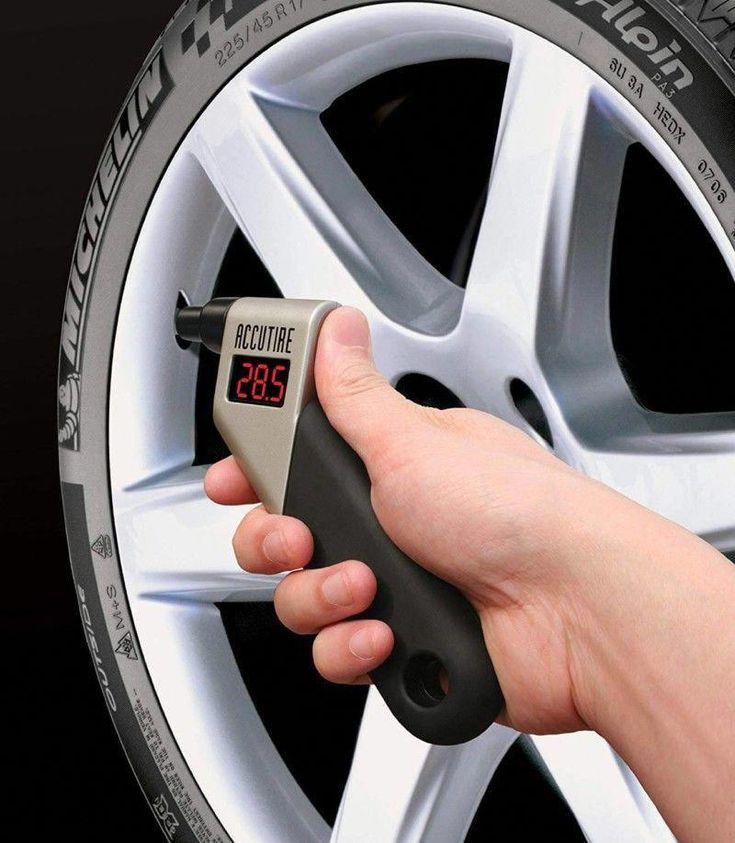 After all, no one wants a repeat of the fiasco of when Ford set the recommended pressures on first generation Explorers at 26 psi.
After all, no one wants a repeat of the fiasco of when Ford set the recommended pressures on first generation Explorers at 26 psi.
In that situation, recommended inflation pressures too low to provide an adequate safety factor were frequently combined with poor maintenance, overloading and high ambient temperatures to produce a series of often-deadly accidents (250 deaths and 3,000 serious injuries were attributed to the problem).
Other factors keep the process of determining recommended pressures from being completely cut and dried.
Aesthetics is often a big factor when automakers choose tire sizes, and the emphasis on style versus substance can complicate the negotiations. The popularity of extreme low-profile tires has required significant increases in recommended pressures. Cars likely to see significant high-speed often force auto manufacturers to lower load limits, move to higher tire speed ratings such as W or Y, or go to recommendations of up to 51 psi.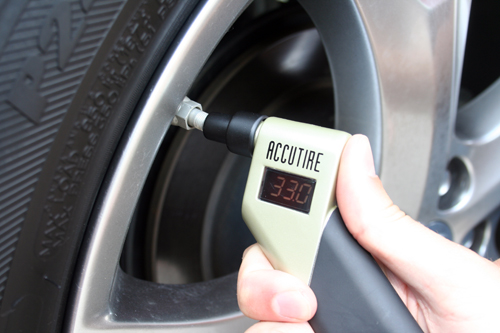
Although the process starts with load and seems like it would be simple, nothing is etched in stone.
The recommended pressures go onto the vehicle’s tire information placard once the engineers make their final decisions. Beginning in 2003, federal regulations required automobile manufacturers to place tire information placards in a standardized location and follow a common format. The tire information placards identify the OE tire sizes and inflation pressures (including the spare), along with the vehicle weight capacity.
All new vehicles must now have a placard located on the driver’s side doorjamb (the B-pillar). If a vehicle does not have a B-pillar, then the placard is to be placed on the rear edge of the driver’s door. And if the vehicle does not have a B-pillar and the driver’s door edge is too narrow, the placard is to be affixed on an inward facing surface next to the driver’s seating position.
In addition to providing the OE tire size(s) and recommended inflation pressure(s), vehicle manufacturers must also identify vehicle load capacity with the following sentence: “The combined weight of occupants and cargo should never exceed XXXX pounds. ”
”
For vehicles produced between 1968 and 2003, the original tires size(s) and inflation pressures were listed on a placard usually found on the driver-side door or doorjamb, rear passenger doorjamb, fuel filler door, glove box or center console door or inside the engine compartment.
Sometimes alternate pressures based on load or speed conditions are also provided.
Consumers are often confused because federal safety regulations also require tire sidewalls to contain information about a tire’s maximum load capacity and maximum inflation pressure. For P-metric standard load tires, the maximum pressure listed on the sidewall will be 44 psi or 51 psi, even though the pressure where the maximum load occurs is 35 psi or 36 psi. On the sidewall, this would look like “Maximum Load XXXX lbs. Maximum Pressure YY psi.”
A few manufacturers interpret the regulation to mean the maximum load and the corresponding inflation pressure (“Maximum Load XXXX lbs. at YY psi”). Either way, too often consumers see the maximum inflation pressure on the sidewall and believe that is the correct pressure for their car.
at YY psi”). Either way, too often consumers see the maximum inflation pressure on the sidewall and believe that is the correct pressure for their car.
Look at some of the online forums and you will see that the arguments about relying on the placard or the tire sidewall can be animated.
Regardless of the information on the tire sidewall, assuming the right size tire is installed on the vehicle the placard is the correct information.
While the maximum load of the vehicle is the primary factor in establishing the recommended pressures, many other considerations went into the calculations. Don’t make changes lightly. Varying from the vehicle manufacturer’s recommendations requires careful consideration of why you want to make the change and the possible safety implications.
In this article:tire technology
90,000 calculator of optimal value for pneumatic wheels Tire pressure: calculator of the optimal value for Pneumatic wheelsPressure in wheels
Calculator works in test mode! Found an error in the indicators or want to leave suggestions, please send via the feedback form on the Feedback page or the VK group! Errors with evidence base (photos, screenshots, links) are accepted! All information presented on the site is for informational purposes only! Thanks for understanding!
The correct tire pressure for car owners is not an idle issue. It affects the rate of wear of rubber, the quality of vehicle control, driving safety, fuel consumption. To control the level of inflation of the wheels, you need to know what the pressure in the tires of the car is measured in, and what devices are used for this.
It affects the rate of wear of rubber, the quality of vehicle control, driving safety, fuel consumption. To control the level of inflation of the wheels, you need to know what the pressure in the tires of the car is measured in, and what devices are used for this.
On the territory of Russia, the unit for measuring air pressure in tires is Atmosphere (1 atm. = 1 kgf / cm²) In the tables of manufacturers, the Atmosphere is often equated with another unit - Bar (1 bar = 0.98 atm).
American automakers report values in PSI (1 psi = 1 psi or pound/square inch).
When marking car tires, manufacturers use Kilopascal (1 kPa = 6.895 psi) to indicate the maximum allowable pressure (MAX PRESSURE).
Conversion of units of measurement is carried out according to the formulas:
Important! Normal tire pressure does not depend on the brand of tires, but on the brand of your car and its manufacturer's recommendations.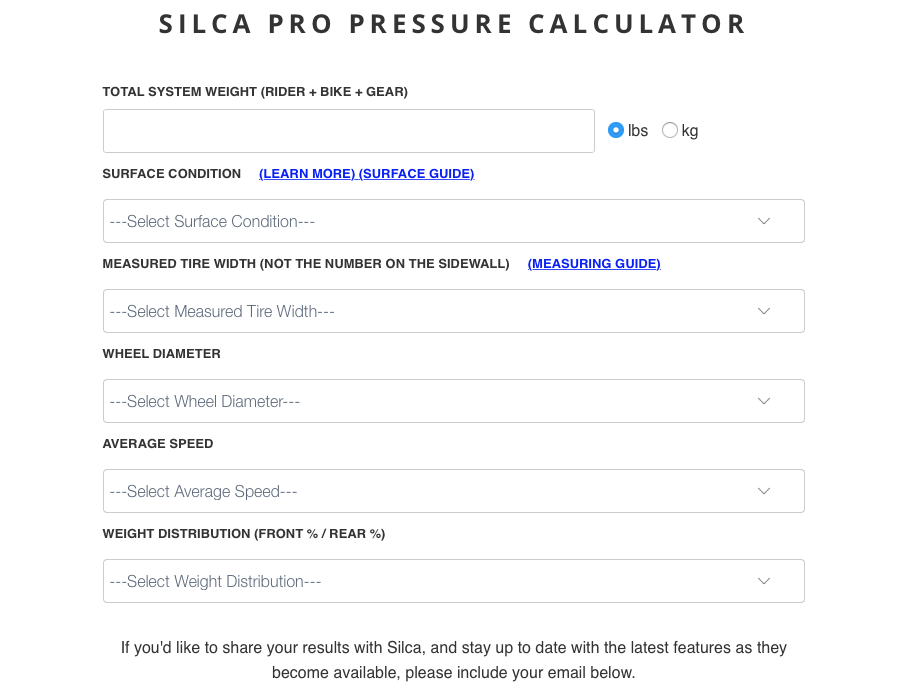 3,0003
3,0003
| Technical atmosphere (AT or AT) = KGS/cm 2 | (BAR), Bar | (PSI) Fund-WiLi for inch | (ATM), physical physical Atmosphere | kPa (KPA), kilopascal | ||||||||||||||||||||||||||||||||||||
| Technical atmosphere (AT or AT) = KGS/cm2 | - | 0.98065 | 14,223 | 900EALL , bar | 1,0197 | - | 14.504 | 0.98692 | 100 | |||||||||||||||||||||||||||||||
| (PSI) Pound -WIMS | 0.07030 900 | 0.068948 | 0.068948 9 - | 6.894745 | ||||||||||||||||||||||||||||||||||||
| (ATM), Physical atmosphere | 1.033 | 1.01325 | 14.696 | - | 9007.348